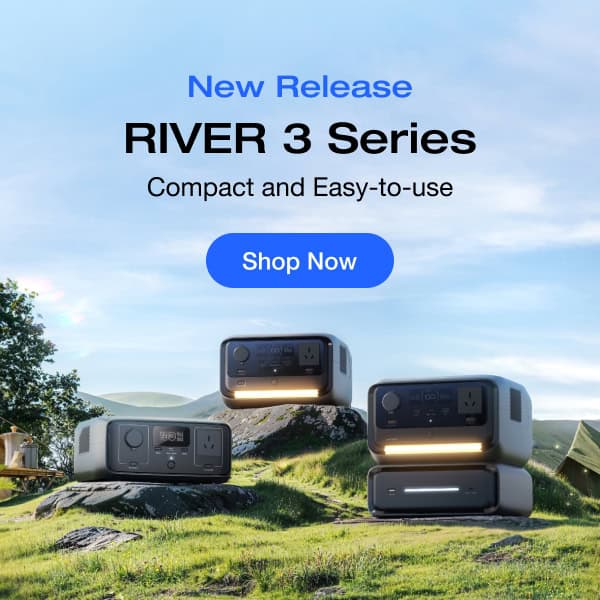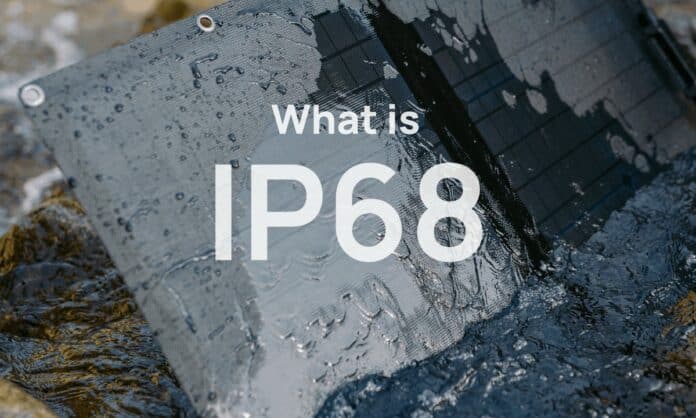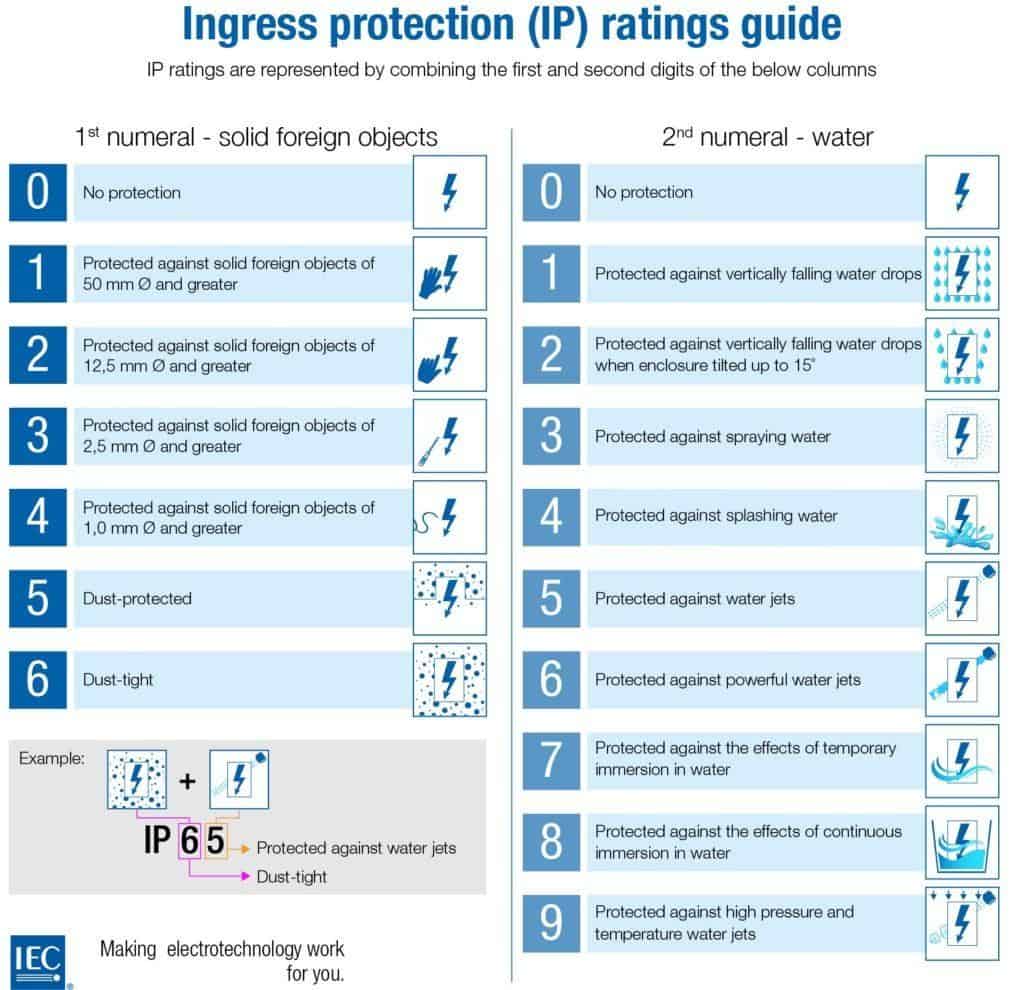IP ratings are featured in the specs of numerous electronic devices. You may have seen ratings like IP67 or IP68 when shopping for smartphones, tablets, solar panels, or any other device that may be exposed to the elements.
But what does an IP rating actually mean?
Here’s everything you need to know about IP ratings and what level of protection against water, dust, sand, and other hazards they provide.
Understanding the basics of IP ratings can help you make a more informed purchase decision — and help ensure you don’t brick your smartphone.

What Does IP Rating Mean?
An IP rating indicates how effective a seal is against the intrusion of liquids and solid objects like liquid water, dust, or dirt.
It is typically represented by two numbers — the first indicating the level of protection from solid particles and the second from liquids.
Why Is IP Rating Important?
Ingress Protection (IP) measures the level of protection that an enclosure provides electrical equipment with a rated voltage that doesn’t exceed 72.5 kiloVolts (kV). The IP rating is crucial to understanding a product’s resistance level to water, dust, debris, etc.
IP ratings are assigned to devices through a laboratory testing process conducted by a certified and independent company.
The International Standards for all electronic and electrical devices (and related components) are compiled and published by the International Electrotechnical Commission, or IEC. The IEC is a non-governmental and non-profit international standards organisation.
The IEC publishes a table of IP certification ratings as a universal standard for worldwide use by manufacturers and consumers.
In a global economy, it is essential to have a universal standard for measuring the protection an electrical device offers from intrusions. The IP rating accomplishes this goal.
An IP rating helps ensure consumer confidence by subjecting manufacturers’ claims about waterproofing and dust resistance to independent testing and certification.
To give you some context, consider your waterproof smartphone.
Just how wet can it get?
Can your device only survive a few drops of water? Can it withstand a trip to a sandy beach? Should you take your phone for a swim?
You can determine this by looking at your phone’s IP rating.
Understanding what the IP rating of your valuable electronics means goes beyond just offering peace of mind. A device’s warranty is usually contingent upon you not subjecting it to conditions exceeding its IP rating.
For example, if your expensive smartphone has an IP61 rating and you drop it in the toilet, you’re probably out of luck.
What Are the Components of an IP Rating?
Below, we delve into the different IP ratings and the protection they provide.
Remember, the first number of an IP rating refers to solid particle protection, while the second number indicates protection against liquids.
Solid Particle Protection (First Number)
- Level 0 – Not protected.
- Level 1 – Protected against objects bigger than 50mm.
- Level 2 – Protected against objects bigger than 12.5mm.
- Level 3 – Protected against objects bigger than 2.5mm.
- Level 4 – Protected against objects bigger than 1mm.
- Level 5 – Protection against dust.
- Level 6 – Dust-tight.
Liquid Ingress Protection (Second Number)
- Level 0 – Not protected.
- Level 1 – Protected against dropping water falling vertically.
- Level 2 – Protected against dropping water falling vertically when tilted to a 15-degree angle on either side of the vertical.
- Level 3 – Protected against water spraying at up to a 60-degree angle on either side of the vertical.
- Level 4 – Protected against water splashes from any direction.
- Level 5 – Protected against water jets from any direction.
- Level 6 – Protected against powerful water jets from any direction.
- Level 7 – Protected against temporary immersion under standardised conditions of time and pressure.
- Level 8 – Protected against continuous water immersion under conditions specified by the manufacturer but more severe than level 7.
- Level 9 – Protected against water projected at high temperature and pressure from any direction.
You can view the guidelines provided by the International Electrotechnical Commission here.
Keep in mind that there may be additional aspects to the testing conditions that further inform the protection offered by a specific rating.
What Are the Differences Between IP Ratings?
Different IP ratings indicate different levels of protection that a product provides from solids and liquids.
For solids, IP ratings scale up from no protection to being dust-tight.
For liquids, IP ratings scale up from no protection to being blasted with hot water under high pressure.
Check your device’s IP rating and refer to the chart below to know any given product’s level of ingress protection.
The table below will help you distinguish between the different types of protection IP ratings can provide.
| IP Rating – Solid (First number) |
Protection Against Solids | IP Rating – Liquid (Second number) |
Protection Against Liquids |
| 0 | Not protected | 0 | Not protected |
| 1 | Protected against objects bigger than 50mm | 1 | Protected against water drops falling vertically |
| 2 | Protected against objects bigger than 12.5mm | 2 | Protected against water drops falling vertically when tilted up to a 15-degree angle on either side of the vertical |
| 3 | Protected against objects bigger than 2.5mm | 3 | Protected against water spraying at up to a 60-degree angle on either side of the vertical |
| 4 | Protected against objects bigger than 1.0mm | 4 | Protected against water splashes from any direction |
| 5 | Protected against dust | 5 | Protected against water jets from any direction |
| 6 | Dust-tight | 6 | Protected against powerful water jets from any direction |
| N/A | N/A | 7 | Protected against temporary water immersion under standardised conditions of time and pressure |
| N/A | N/A | 8 | Protected against continuous water immersion under conditions specified by the manufacturer but more severe than level 7 |
| N/A | N/A | 9 | Protected against water projected at high temperature and pressure from any direction |
What Are the Applications of IP Ratings?
IP ratings are applicable in all sorts of industries.
For example, imagine how military communications equipment is exposed to dust and heat in an arid environment like a desert. An accurate IP rating is critical to ensure that the equipment is able to withstand harsh environmental conditions.
Devices that can’t withstand immersion in water or significant amounts of dust can be stored in IP-rated cases to protect them. A case can be IP rated to indicate the level of protection it offers to the sensitive electronics it contains.
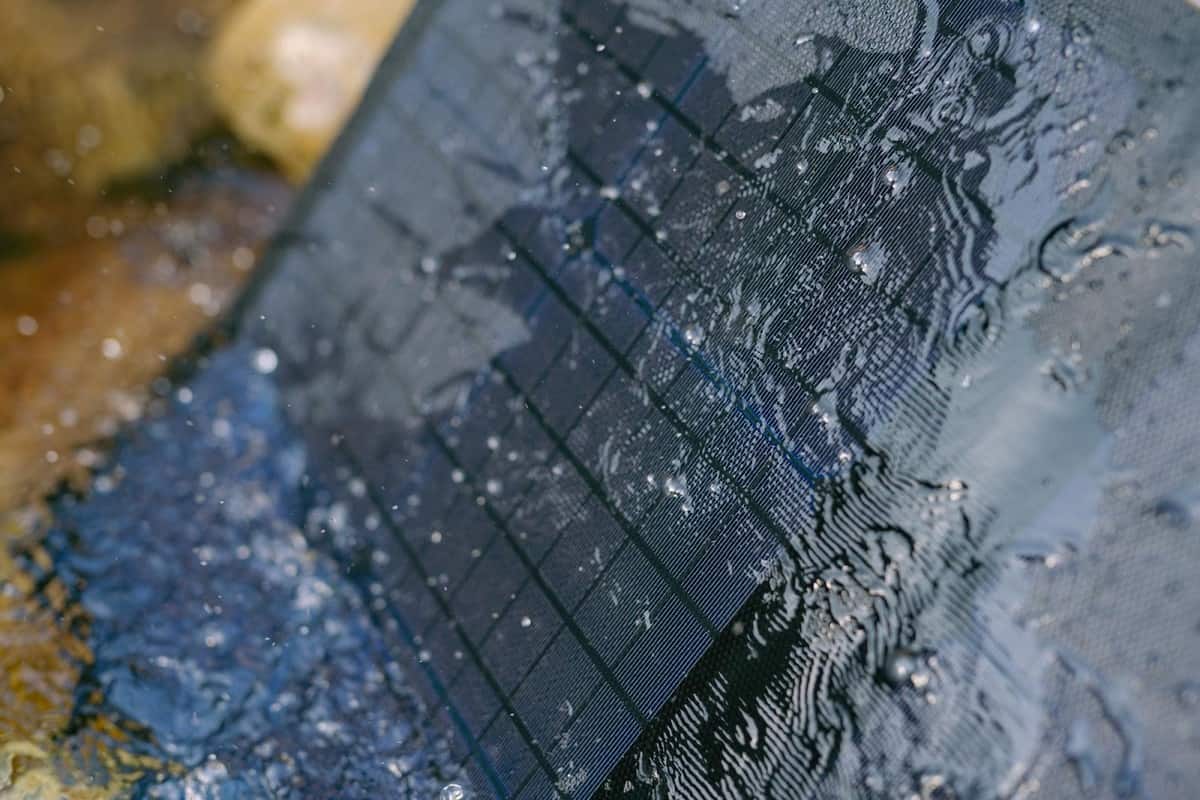
What Is the IP Rating of EcoFlow Solar Panels?
By definition, solar panels have to be weather resistant. PV panels work by capturing the sun’s rays and converting solar energy to usable electricity with a portable power station or other balance of system.
Without exposure to the great outdoors, solar panels are as useful at producing electricity as bricks.
Many solar panels are rated at IP67, meaning they can withstand immersion in water at a depth of 1 meter (3.2 ft) for 30 minutes. The 6 in IP67 indicates the highest level of protection available against dirt and debris. The 7 indicates that the solar panel can withstand typical weather conditions — like rain and snow.
EcoFlow’s solar panels take it a step further, boasting a rating of IP68.
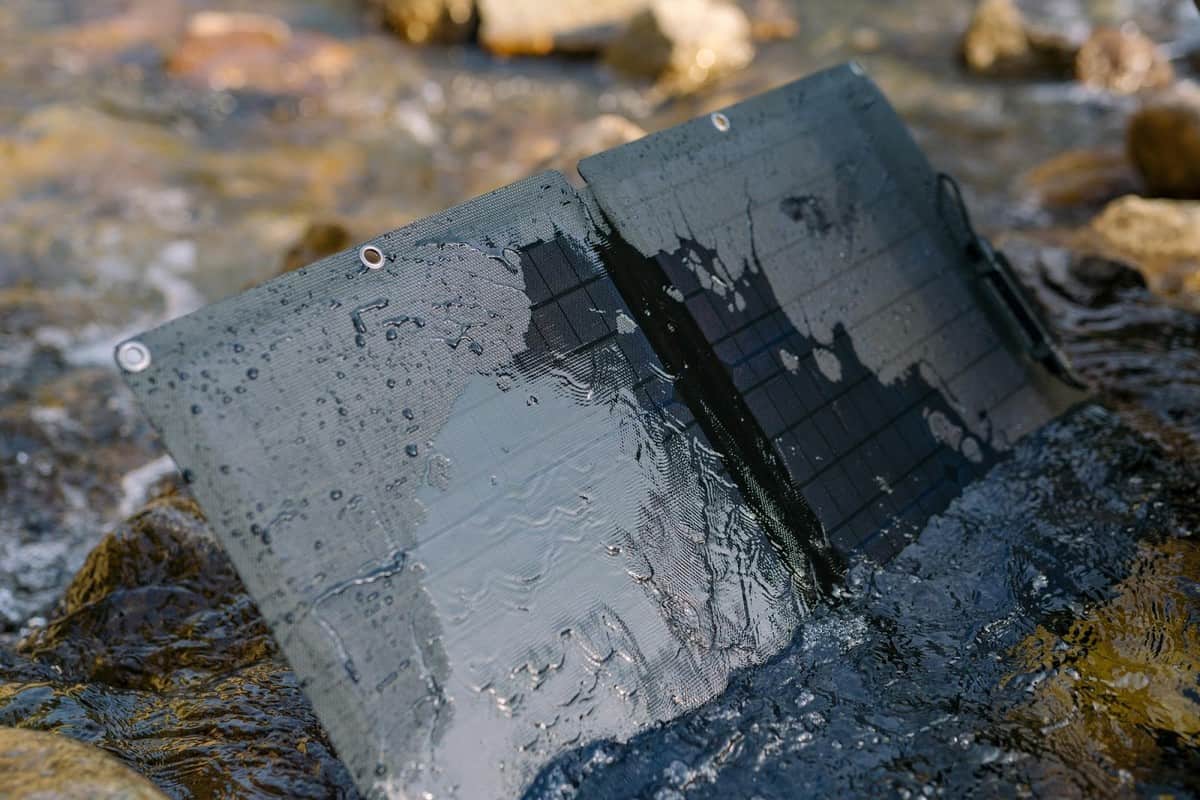
Rooftop solar panels are unlikely ever to be completely immersed in water over 1M deep. But EcoFlow doesn’t just build solar panels for residential use. Our portable solar panels are designed to be taken anywhere — and can withstand almost anything.
If you’re using a portable solar panel on your boat, and it falls into the water, it’s on you to retrieve it. But once you do, it will operate as good as new.
For most solar panel applications, an IP67 rating should be sufficient. But you can never have too much protection.
After all, you’ll want to position your solar panels for maximum sun exposure to generate electricity for your home, devices, or appliances. That means — that aside from their construction — they’ll have no protection from the elements.
With IP68-rated EcoFlow solar panels, your PV array is ready for Mother Nature’s worst.
Frequently Asked Questions
What IP Rating is Fully Waterproof?
The IP rating indicates the conditions an electronic device could withstand under controlled laboratory test conditions without damage. Even an IP68 rating doesn’t guarantee a device is “fully waterproof.” For one thing, “fully waterproof” is open to interpretation. The Mariana Trench is 10,925 meters (35,843 feet) below sea level. Very few electronic devices can withstand the water pressure at that depth. Does that mean they’re not “fully waterproof?”
Of course, that’s an extreme example. An IP68 rating indicates that a device will be waterproof except under very rare conditions. With IP68-rated solar panels, you can expect decades of worry-free use in any climate, even during and after extreme weather events.
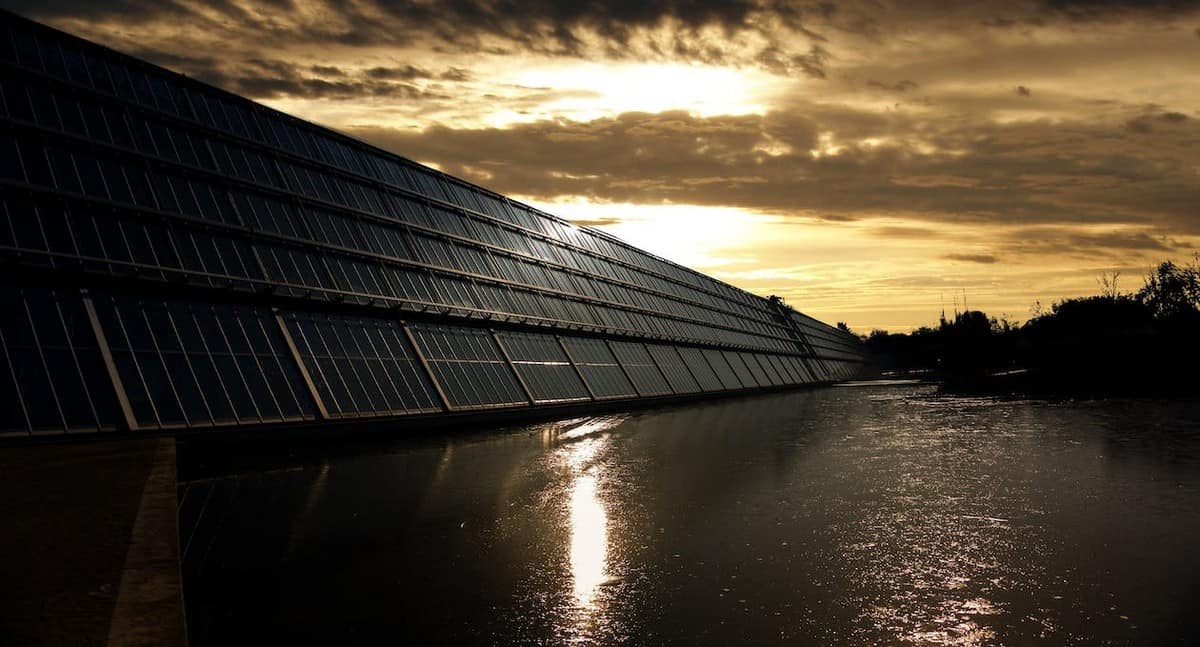
Final Thoughts
The IP rating assures you an electronic device will operate or withstand damage under specific environmental conditions. It’s a crucial consideration for devices that will be routinely exposed to dirt, dust, water, and other potentially adverse environmental conditions.
Whether it’s taking your smartphone to the beach or investing in a rooftop solar panel array — it pays to invest in the appropriate level of protection from the elements.
Now that you understand how an IP rating works, that part is easy!
All EcoFlow solar panels boast an industry-leading IP68 rating. They’re protected against continuous water immersion and are dust-tight.
If you’re looking for durable all-weather off-grid power solutions, check out EcoFlow today.
